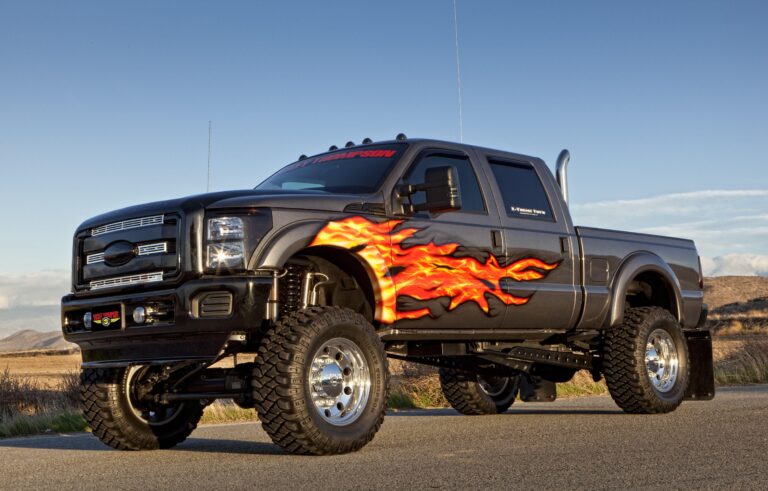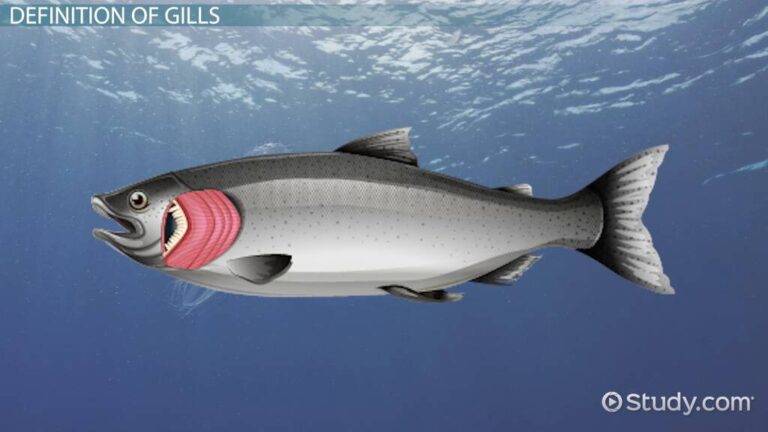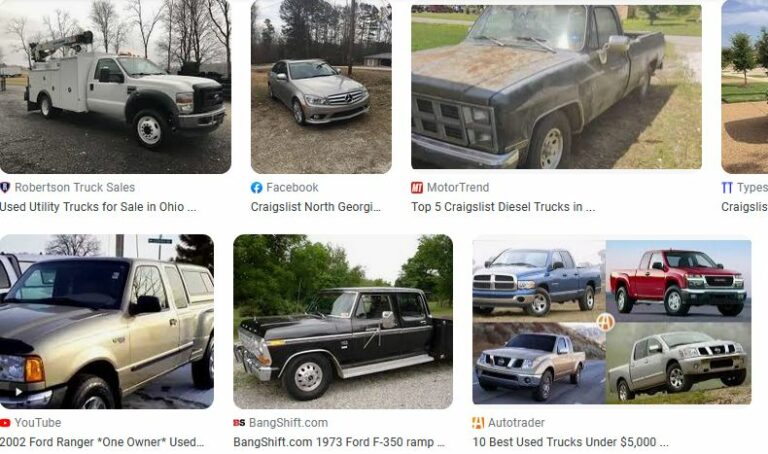Chinese Auto Brands In The Philippines: A Comprehensive Guide to the New Automotive Landscape
Chinese Auto Brands In The Philippines: A Comprehensive Guide to the New Automotive Landscape cars.truckstrend.com
The Philippine automotive market is undergoing a significant transformation, largely driven by the assertive and rapidly expanding presence of Chinese auto brands. Once viewed with skepticism, these manufacturers have shed their "cheap and unreliable" stereotypes, emerging as formidable contenders that offer an compelling blend of modern design, advanced technology, competitive pricing, and increasingly, robust after-sales support. This shift isn’t just about offering more affordable options; it’s about redefining value and challenging established players, making the Philippine car market more dynamic and exciting for consumers than ever before. Understanding the nuances of this burgeoning segment is crucial for anyone considering a new vehicle purchase in the country.
The Ascent of Chinese Automakers in the Philippines
Chinese Auto Brands In The Philippines: A Comprehensive Guide to the New Automotive Landscape
For decades, the Philippine automotive landscape was dominated by Japanese, Korean, American, and European brands. Chinese vehicles, when they first appeared, struggled with perceptions of inferior quality, poor design, and questionable reliability. However, this narrative has dramatically changed. Leveraging massive investments in research and development, acquiring global design talents, and integrating cutting-edge technology, Chinese automakers have rapidly caught up, and in some areas, even surpassed their long-established rivals.
Their re-entry into the Philippine market has been strategic, focusing on segments with high demand, such as SUVs, crossovers, and sedans, while also pioneering the introduction of more accessible electric vehicles (EVs). Brands like Geely, Chery, MG, Changan, and Great Wall Motor (GWM) have not only expanded their product portfolios but also invested heavily in building robust dealership networks, service centers, and parts availability, directly addressing previous consumer concerns. This concerted effort has resulted in impressive sales growth, with Chinese brands now consistently ranking among the top sellers in various categories.
Why Filipino Buyers Are Turning to Chinese Brands
The surge in popularity of Chinese automobiles among Filipino consumers is multifaceted, driven by several compelling factors:
- Unbeatable Value Proposition: This is perhaps the most significant draw. Chinese brands consistently offer more features, better technology, and more sophisticated designs at price points significantly lower than their competitors. Buyers can often get a fully loaded SUV with premium amenities for the price of a basic model from a traditional brand.
- Feature-Rich Offerings: Modern Chinese cars come packed with features that were once exclusive to luxury vehicles. This includes large infotainment screens, digital instrument clusters, advanced driver-assistance systems (ADAS) like adaptive cruise control and lane-keeping assist, panoramic sunroofs, power tailgate, and luxurious interiors.
- Striking Design Language: Gone are the days of bland or derivative designs. Many Chinese brands now employ international designers, resulting in vehicles with distinct, modern, and often head-turning aesthetics that appeal to contemporary tastes.
- Rapid Technological Integration: Chinese automakers are at the forefront of automotive technology, especially in connectivity and electric powertrains. Many models feature seamless smartphone integration, voice commands, and over-the-air updates. Their commitment to EVs also positions them as leaders in sustainable mobility.
- Improving Build Quality and Safety: Significant strides have been made in manufacturing quality, with many Chinese vehicles now achieving high safety ratings in international crash tests (e.g., ASEAN NCAP, Euro NCAP equivalents), reassuring buyers about their structural integrity and safety features.
- Extended Warranties and After-Sales Support: To build consumer confidence, many brands offer competitive warranty packages (e.g., 5-year/150,000 km), roadside assistance, and readily available spare parts through expanding dealer networks.

Key Chinese Auto Brands Dominating the Philippine Market
The Philippine market is now home to a diverse array of Chinese automotive brands, each carving out its niche:
- Geely: Arguably the most successful Chinese brand re-entry, Geely captivated the market with models like the Coolray (compact SUV), Azkarra (mid-size SUV), and Okavango (MPV-SUV). Known for their modern designs, potent turbocharged engines, and advanced technology, Geely has quickly established itself as a premium yet affordable choice.
- Chery: Famous for its "Tiggo" line of SUVs (Tiggo 2 Pro, Tiggo 5X Pro, Tiggo 7 Pro, Tiggo 8 Pro), Chery focuses on providing feature-packed vehicles across various SUV segments. They are also strong advocates for electric vehicles with their Tiggo 8 Pro PHEV.
- MG (Morris Garages): Leveraging its British heritage under Chinese ownership (SAIC), MG offers stylish and value-for-money vehicles like the ZS (subcompact SUV), MG 5 (sedan), and HS (compact SUV). They are known for their distinctive designs and comprehensive feature sets.
- Changan: Rapidly gaining traction, Changan offers a wide range from the affordable Alsvin sedan to the feature-packed CS35 Plus and CS75 Plus SUVs. Changan emphasizes intelligent technology and a comfortable driving experience.
- Great Wall Motor (GWM): A major player globally, GWM has re-entered the Philippine market with its Haval SUVs (H6, Jolion) and Ora electric vehicles. They are known for their robust build, advanced safety features, and focus on new energy vehicles.
- BYD (Build Your Dreams): A global leader in electric vehicles, BYD is making significant inroads in the Philippines with its pure EV lineup, including the Dolphin hatchback, Atto 3 SUV, and Han sedan, offering cutting-edge battery technology and impressive range.
- Maxus: Specializing in commercial vehicles and MPVs, Maxus offers models like the G50 (MPV), D60 (SUV), and V80 (van), providing practical and spacious solutions for families and businesses.
- JAC, Foton, Dongfeng: These brands often cater to specific segments, including light commercial vehicles, trucks, and specialized passenger vehicles, further diversifying the Chinese presence.
Understanding the Value Proposition: Price vs. Features
The core appeal of Chinese auto brands lies in their ability to offer a higher perceived value. For instance, a Chinese compact SUV might come standard with a panoramic sunroof, digital gauges, a 360-degree camera, and advanced safety features, while a similarly priced Japanese or Korean counterpart might only offer these as optional extras or on higher, more expensive trims.
This strategy allows consumers to access premium features and modern aesthetics without breaking the bank. While initial acquisition cost is a major factor, buyers are also becoming more aware of the overall package – including build quality, material choices, and the driving experience – all of which have seen substantial improvements in Chinese vehicles.
Navigating After-Sales Service and Parts Availability
One of the historical sticking points for Chinese brands was the perception of poor after-sales support and scarce spare parts. However, this is an area where significant investments have been made.
- Expanding Dealer Networks: Brands are rapidly expanding their dealership footprint across the archipelago, making sales and service centers more accessible.
- Dedicated Service Centers: Many dealerships now boast state-of-the-art service bays staffed by factory-trained technicians.
- Parts Availability: Recognizing the importance of readily available parts, importers and distributors have invested in larger parts warehouses and more efficient logistics systems to minimize wait times for repairs.
- Extended Warranties: Generous warranty periods (often 3 to 7 years) are standard, providing peace of mind and demonstrating the manufacturers’ confidence in their product quality.
While challenges may still exist in very remote areas, the overall trend is one of significant improvement, making after-sales support less of a concern for prospective buyers.
The Electric Vehicle (EV) Push
Chinese auto brands are at the forefront of the global EV revolution, and their presence in the Philippines is accelerating EV adoption. With brands like BYD, GWM (Ora), and even traditional internal combustion engine (ICE) players like Chery (PHEV models) introducing compelling electric and hybrid options, Filipino consumers now have more accessible choices for sustainable mobility. These EVs often boast impressive range, fast-charging capabilities, and advanced battery technology, positioning China as a leader in the next generation of automotive transport.
Challenges and Overcoming Perceptions
Despite their rapid rise, Chinese auto brands still face some challenges, primarily lingering perceptions and concerns about long-term ownership:
- Resale Value: This remains a common concern. While new models offer great value, their resale value in the used car market is still catching up to established Japanese and Korean brands. However, as more units are sold and their long-term reliability is proven, this perception is likely to improve.
- Brand Trust and Awareness: While improving, some consumers still default to more familiar brands due to decades of market presence. Aggressive marketing and positive word-of-mouth are crucial for overcoming this.
- Parts Availability (Specific Niche Models): While common parts are improving, very specific or less common parts for niche models might still require longer waiting times.
Chinese brands are actively addressing these challenges through continuous quality improvement, aggressive after-sales expansion, and building a strong reputation through positive customer experiences.
Practical Advice and Actionable Insights for Prospective Buyers
Considering a Chinese auto brand? Here’s practical advice to help you make an informed decision:
- Do Your Research Thoroughly: Don’t rely on old stereotypes. Read recent reviews from reputable automotive publications and watch video reviews. Compare models from different Chinese brands and against their non-Chinese competitors.
- Identify Your Needs: Determine what features are essential for you (safety, tech, space, fuel efficiency, performance). Chinese brands often offer a wider range of standard features.
- Test Drive Extensively: Experience the car firsthand. Pay attention to ride comfort, handling, engine performance, interior ergonomics, and the functionality of the infotainment system.
- Evaluate After-Sales Support: Inquire about the nearest service centers, the availability of common spare parts, and the warranty coverage. Talk to existing owners about their service experiences.
- Consider Total Cost of Ownership: While the initial price is attractive, factor in maintenance costs, fuel efficiency, and potential insurance premiums.
- Join Owner Groups: Online forums and social media groups for specific models or brands can provide valuable insights from actual owners regarding reliability, common issues, and service experiences.
- Explore Financing Options: Chinese brands often partner with local banks to offer competitive financing deals.
Chinese Auto Brands in the Philippines: Approximate Price Table (2024)
Please note: Prices are approximate, based on entry-level to top-trim variants, and are subject to change without prior notice due to market conditions, promotions, and specific configurations. It is always best to consult official dealerships for the most accurate and up-to-date pricing.
| Brand | Model | Type | Approx. Price Range (PHP) | Key Highlights / Features |
|---|---|---|---|---|
| Geely | Coolray | Subcompact SUV | 1,000,000 – 1,300,000 | Sporty design, powerful turbo engine, advanced tech. |
| Azkarra | Compact SUV | 1,500,000 – 1,800,000 | Mild-hybrid option, premium interior, intelligent features. | |
| Okavango | MPV-SUV | 1,200,000 – 1,500,000 | Spacious 7-seater, versatile seating, modern amenities. | |
| Chery | Tiggo 2 Pro | Subcompact Crossover | 850,000 – 950,000 | Stylish entry-level, practical for city driving. |
| Tiggo 5X Pro | Subcompact SUV | 950,000 – 1,100,000 | Value-packed, modern design, comfortable ride. | |
| Tiggo 7 Pro | Compact SUV | 1,200,000 – 1,400,000 | Feature-rich, sleek design, panoramic sunroof. | |
| Tiggo 8 Pro | Mid-size SUV | 1,700,000 – 2,600,000 | 7-seater, luxurious interior, available PHEV. | |
| MG | ZS | Subcompact SUV | 850,000 – 1,100,000 | Stylish, affordable, comfortable ride. |
| MG 5 | Compact Sedan | 700,000 – 950,000 | Spacious interior, value-for-money, sleek design. | |
| HS | Compact SUV | 1,250,000 – 1,400,000 | Premium feel, advanced safety, comfortable cabin. | |
| Changan | Alsvin | Subcompact Sedan | 650,000 – 750,000 | Budget-friendly, fuel-efficient, essential features. |
| CS35 Plus | Subcompact SUV | 1,000,000 – 1,200,000 | Modern design, intelligent safety features. | |
| CS75 Plus | Compact SUV | 1,400,000 – 1,600,000 | Aggressive styling, powerful engine, premium interior. | |
| GWM | Haval Jolion | Compact SUV | 1,200,000 – 1,400,000 | Trendy design, advanced tech, comprehensive safety. |
| Haval H6 | Mid-size SUV | 1,600,000 – 1,900,000 | Sophisticated design, ADAS, premium materials. | |
| Ora 03 (Cat) | Compact EV | 1,700,000 – 1,900,000 | Retro-futuristic design, pure EV, long range. | |
| BYD | Dolphin | Subcompact EV Hatchback | 1,400,000 – 1,600,000 | Affordable EV, Blade battery tech, compact. |
| Atto 3 | Compact EV SUV | 1,700,000 – 1,800,000 | Sporty EV, unique interior, impressive range. | |
| Maxus | G50 | Compact MPV | 1,100,000 – 1,400,000 | Versatile 8-seater, spacious interior, practical. |
| D60 | Compact SUV | 1,100,000 – 1,300,000 | Family-oriented SUV, robust build. |
Frequently Asked Questions (FAQ) about Chinese Auto Brands in the Philippines
Q1: Are Chinese cars reliable?
A1: Yes, modern Chinese cars have significantly improved in reliability. Manufacturers have invested heavily in R&D, quality control, and using global suppliers for components. Many now offer competitive warranties, signaling their confidence in product durability.
Q2: Is it difficult to find spare parts for Chinese cars?
A2: For major brands like Geely, Chery, MG, and Changan, spare parts availability has greatly improved. They have established larger parts warehouses and expanding dealer networks. It’s always advisable to check with your local dealership for specific part availability.
Q3: What about the resale value of Chinese cars?
A3: Resale value is still a developing aspect. While it might not yet match that of long-established Japanese brands, it is steadily improving as more units are sold, and their long-term reliability and market acceptance grow. The initial value proposition often offsets some of this concern.
Q4: Are Chinese cars safe?
A4: Many new Chinese models are designed to meet or exceed international safety standards. Several models have achieved high ratings in crash tests like ASEAN NCAP and Euro NCAP, indicating robust passive and active safety features.
Q5: Which Chinese brand is best for me?
A5: The "best" brand depends on your specific needs and budget. Geely is known for premium features and design, Chery for value-packed SUVs, MG for style, and Changan for intelligent tech. If considering EV, BYD and GWM’s Ora are leading choices. It’s best to test drive models from several brands.
Q6: Are Chinese EVs a good choice in the Philippines?
A6: Yes, Chinese EVs are becoming increasingly popular due to their competitive pricing, impressive range, and advanced battery technology. They are often the most accessible entry points into electric mobility in the country. However, consider charging infrastructure availability in your area.
Conclusion
The rise of Chinese auto brands in the Philippines is not just a passing trend; it’s a fundamental shift in the automotive landscape. These manufacturers have successfully dismantled old stereotypes, offering a compelling package of modern design, cutting-edge technology, competitive pricing, and increasingly robust after-sales support. For Filipino consumers, this translates into more choices, better value, and a more dynamic market. As these brands continue to innovate and expand their presence, they are poised to further cement their position, making them an undeniable force in shaping the future of mobility in the archipelago. Embracing this new era of automotive choices means recognizing the immense value and potential that Chinese auto brands bring to the table.




